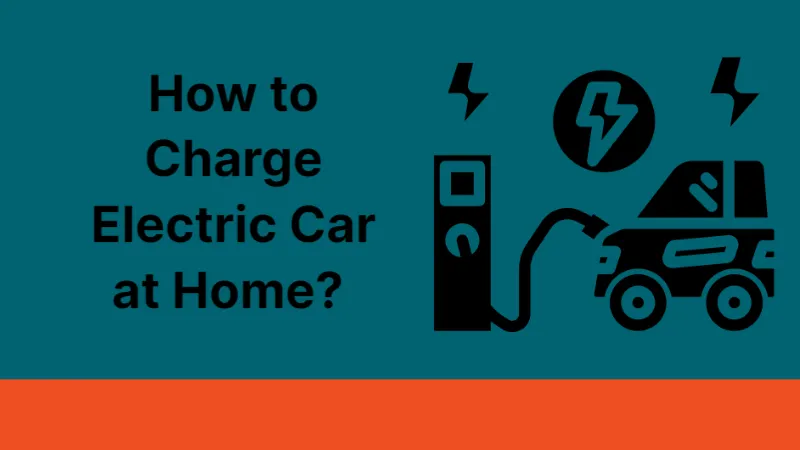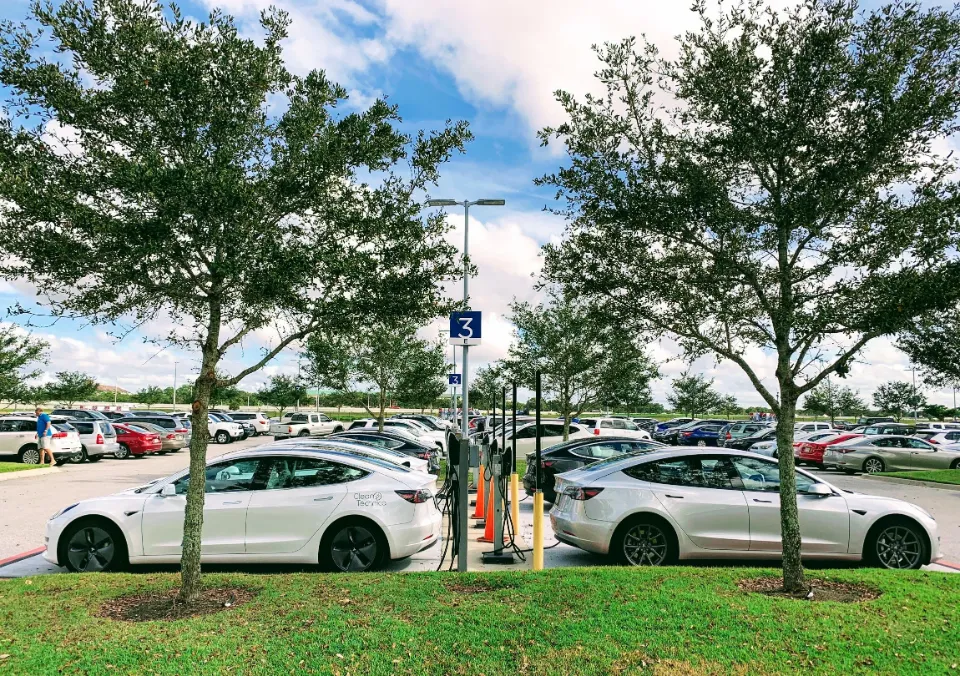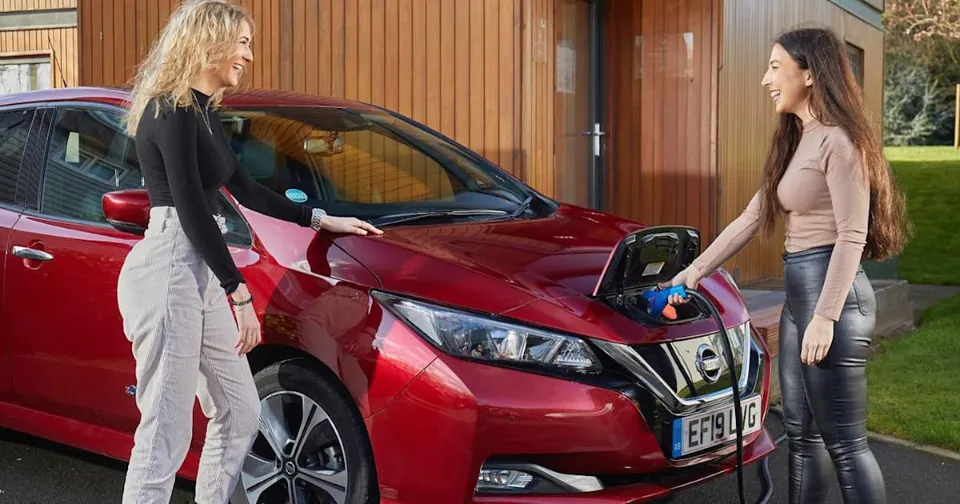To start with, how to charge electric car at home? Unlike most owners of conventional gas cars, EV owners can “refill” at home—just pull into your garage and plug it in.
Owners have the option of installing a wall charger for a much quicker charge or using a standard outlet, which takes a while. A Level 1 home connector kit, which works with 110 volts, is standard equipment for all electric vehicles. The device is essentially a fancy extension cord that enables you to plug your car into a regular outlet on one end and into the vehicle on the other.
Electric Car Charging Speed: What You Need to Know
Have you ever used a home outlet to prevent your gasoline car battery from dying when it’s bitterly cold outside?
Yes, did you know you could charge your electric vehicle’s battery using the same outlet? In the world of electric vehicles, this type of charging is called level 1 charging. Usually, the car comes with the appropriate charging station. As a result, owners of all-electric vehicles have access to level 1 charging.
Now, we know what you’re thinking: “Is a regular outlet all I need at home to charge my electric vehicle? Easy peasy!”
There is more to learn about level 1 charging and the speed at which electric cars charge.
Although using a level 1 charging station is the most straightforward way to start charging your It is typically only used for roadside emergencies and troubleshooting when an EV is at home. The majority of the time, it remains in the car’s trunk. Here’s why:
Level 1 Charging Stations Are 120-volt Plugs:
- At a speed of about 9 km/h, it can take over 24 hours to deliver an optimal battery charge of 80%.
- One electric vehicle may only be charged at a time, and other devices may not be plugged in.
“A Level 1 charging station plugs into a typical household outlet.”
You now realize that in order to benefit from a faster charging speed at home, you must outfit yourself with a more effective charging station.
The fastest way to charge your electric car at home is with a level 2 charging station. It can be set up in a garage, on your private parking lot, or on the side of your home. Additionally, it must be directly wired into your domestic electricity supply, which might call for the services of a licensed electrician.
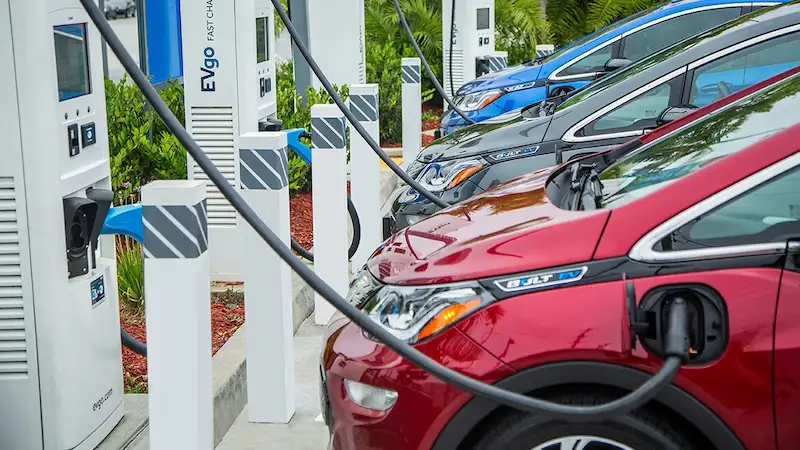
Level 2 Charging Stations Have a 240-volt Plug:
- With a charging speed of up to 45 km/h for an all-electric vehicle and approximately 22.5 km/h for plug-in hybrids, it can provide an optimal battery charge of 80% in 4 to 5 hours.
- Either a special outlet or the electrical panel are used to plug it in.
The practicality, usability, dependability, and cost savings of charging at home can therefore only be fully realized with a level 2 charging station.
What About Level 3 Charging Stations?
Although there are faster charging stations, they are extremely expensive and require more energy than a typical home can provide. As a result, they are only employed at this time for public charging. Check out our in-depth guide to charging an electric car for more information if you’re interested.
Equip Your Home With a Level 2 Charging Station
If you plan on charging your EV at home, the next key step is to equip your home with a level 2 charging station. As there are more and more electric vehicle models on the market today, these variations are increasing. Therefore, you must pick a charging station that best suits your requirements and way of life.
Some models are wall-mounted, while others are plug-in versions that can be moved. There are “smart” level 2 charging stations that allow you to view your charging history or even schedule charging sessions at specific times of the day. There are some charging stations that work better in colder climates than others.
Cost of Installing a Dedicated Home Charger
Starting at £799, a fully installed home charging point is available.
- Once installed, you only pay for the electricity used to charge.
- The typical electricity rate in the UK is just over 28p per kWh*, while on Economy 7 tariffs the typical overnight electricity rate in the UK is 11p per kWh**.
- You could lower this to just 4.5p per kWh and charge up for less than £5 while you sleep*** by switching to an electricity tariff created especially for EV drivers.
Visit “Cost of charging an electric car” to learn more about the cost of charging at home.
*Average in the UK in 2022 according to ofgem. Please be aware that energy prices can change and fluctuate. Please check your electric bill or get in touch with your provider to learn your current cost per kWh.
** Average Economy 7 night time price according to nimblefins.
*** EV charging based on a 7kW home charger and EDF’s GoElectric Exclusive 35 tariff at 4.5p/kWh off-peak.
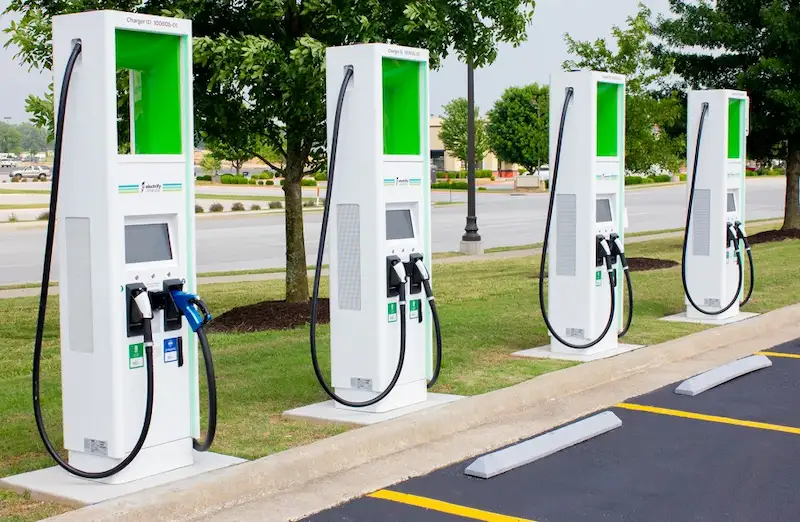
How Fast You Can Charge An Electric Car at Home?
Kilowatts (kW) are units used to describe how quickly electric cars charge.
Home charging stations charge your car at 3.6kW or 7kW, giving it a range of 15–30 miles per hour (as opposed to 2.3kW from a 3 pin plug, which gives it a range of up to 8 miles per hour).
Your vehicle’s onboard charger might have a speed cap on how fast you can charge. Using a 7kW charger on a vehicle that supports 3.6kW charging will not harm the vehicle.
Read about How Long Does a Tesla Battery Last Without Charging?
Summary: How to Charge Electric Car at Home?
You can charge an electric car at home using a dedicated home charger (a standard 3 pin plug with an If all else fails, only use an EVSE cable (Electric Vehicle Supply Equipment).
- Electric vehicle owners select a home charging station to gain access to faster charging times and built-in safety features.
- Plug in overnight and top off during the day to charge an electric car similarly to how you would a cell phone.
- You can schedule your car’s charging using the Pod Point App or the car itself to save money. Some electricity tariffs offer much cheaper electricity at specific times (typically late at night).

